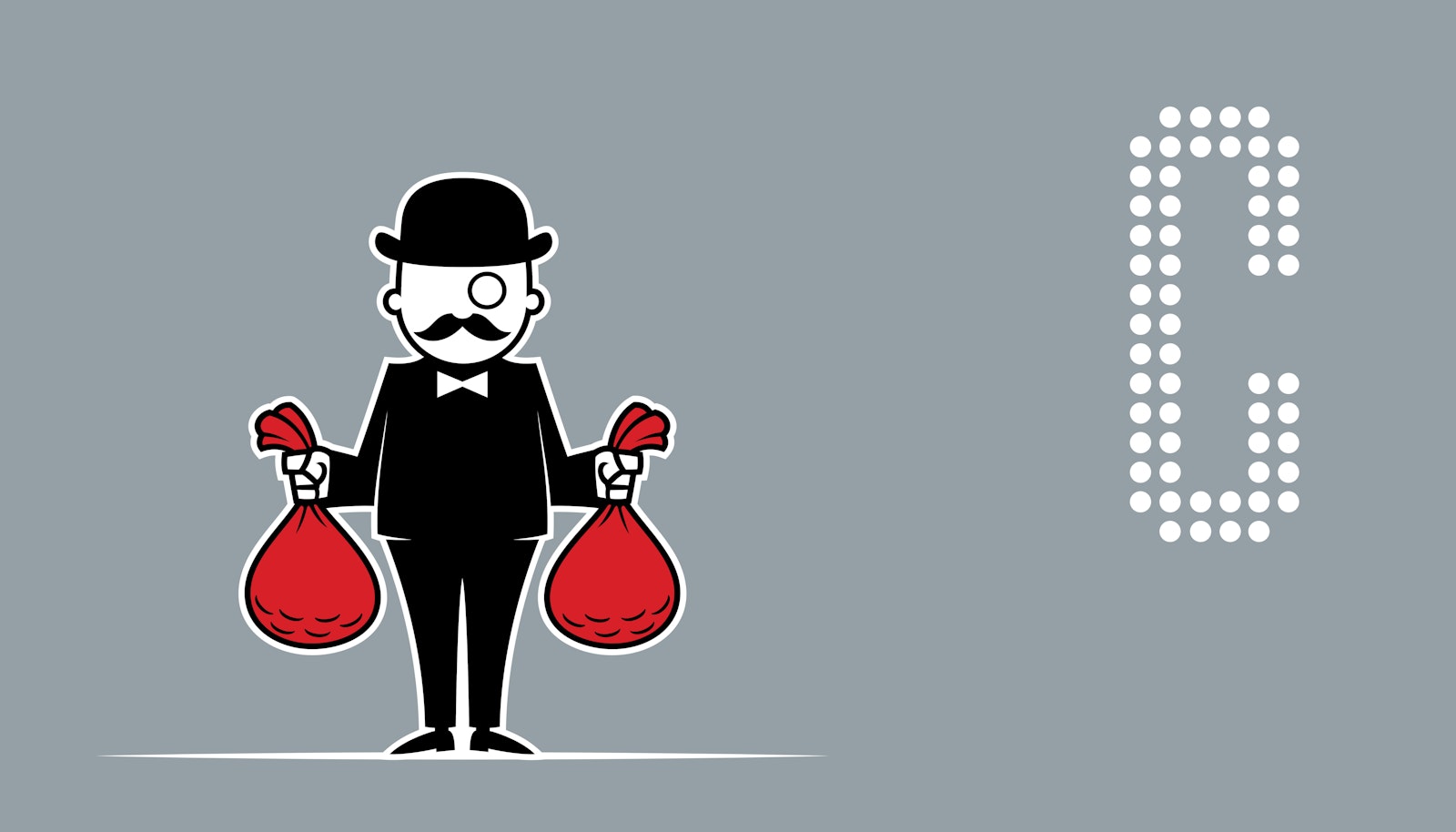A Monopoly on Innovation?

Where are you in the sustainability movement?
Achieving optimal efficiency is a tremendous event. It means you and a small group of competitors have found the most efficient way to produce a product. The price can’t be beat and the competitive options are limited, the result is a category oligopoly or even a monopoly. To a business owner this looks fantastic, right?
What if your oligopoly is the polybag?
You might go to the shopping (meat-carrying) version found at the end of most checkout aisles. That’s not the one you need to see. It’s the one used to protect a majority of products when they’re shipped to retailers and your house. It is the small plastic bag around the shirt you bought online or the smaller bag used to contain and protect the parts inside your new Yeti cooler. Do you see it now?
This elusive polybag - unless you work in fashion, handle manufactured goods or live deep inside a retailer, it may be something you don’t typically notice. But just like your favorite horror movie, it’s what you don’t see that should really scare you.
Some stats for tension building purposes:
1. In 1930, the average woman owned 9 outfits. Today it is over 30.
2. There are 300,000 items in the average American home.
3. The average British 10 year old has 238 toys, but plays with only 12 of them daily.
4. An estimated 165 billion packages were shipped in the US in 2017.
5. A typical polybag costs one penny.
To really get your noggin circling around this idea, our client Patagonia did a study to determine the polybag is a necessary evil at this point in our society. They ship garments made from recycled plastics in a polybag that is made from 40% post-consumer waste. And, the Patagonia recycling process for the polybag, is a bulk shipment to Trex to make patio decking and furniture (which is the only US company accepting these bags).
Even the best examples in this area are a little lackluster, but momentum is building and progress is being made. Which brings us back to your business and what you can do to improve your role in our sustainable society. Like much of our economy, your sustainable behaviors are on a spectrum from behind the curve to ahead of it. Start with an audit of where you are on the spectrum, identify the improvements, then go headlong into a design, test and refine process.
Here are some of the things to think about in this process:
1. Designing in order to use less can also mean cost savings, or at least cost neutral moves that improve your position compared to the category. This can also become a story to improve how your customers see your brand, as a responsible member of society.
2. Design a better system of use and reuse that involves partners that can be distinct to you and your brand. This type of innovation can be owned and again used to attract an audience looking for brands with better products and stories.
3. Stop with the guilt. No brand is perfect; and guilt leads to anger; and we all know where anger leads, right Luke Skywalker? Getting started is much better than getting guilted into a change that makes no economic sense.
4. Continue to move and improve. Like any aspect of a business, constant improvement should be a moral imperative as it certainly can be a fiscal one. The more often you look to improve the more likelihood you’ll find a new way to design something better.
Reach out if you’re feeling overwhelmed, need somewhere to start or you’re just looking for a pep talk with people who have been in the thick of it.
Here is a very recent study done on the polybag sponsored by The Sustainable Packaging Coalition and Fashion for Good; authored by Ashley Holding.
We’re here to help.


